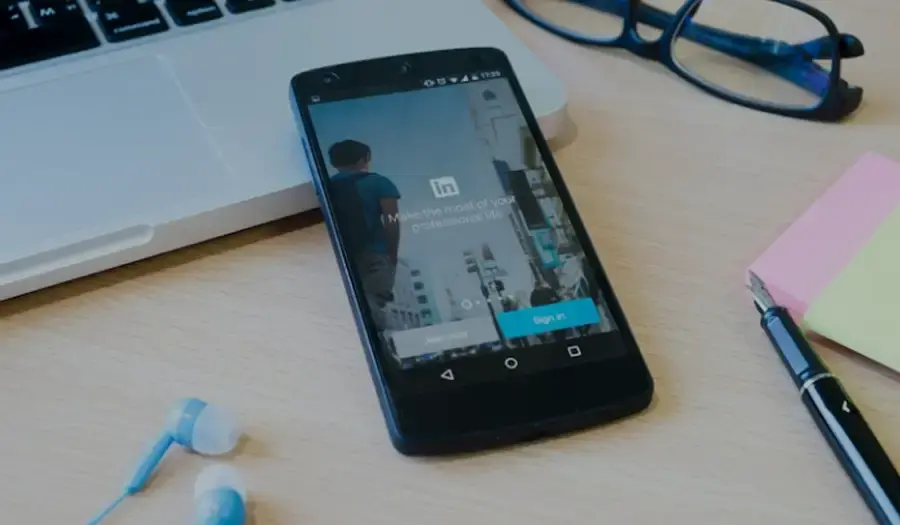Improving the buyer experience translates into real business value
At the current conjuncture, companies that are reluctant to integrate e-commerce as a part of their sales channels are harming themselves.
By Role
By Industry
By Target Customer
What We Offer
We drive business growth by improving operational efficiency through process optimization, smart automation, and cost control. Our approach boosts productivity, reduces expenses, and increases profitability with scalable, sustainable solutions
Customer Experience
We design memorable, customer-centered experiences that drive loyalty, enhance support, and optimize every stage of the journey. From maturity frameworks and experience maps to loyalty programs, service design, and feedback analysis, we help brands deeply connect with users and grow sustainably.
Marketing & Sales
We drive marketing and sales strategies that combine technology, creativity, and analytics to accelerate growth. From value proposition design and AI-driven automation to inbound, ABM, and sales enablement strategies, we help businesses attract, convert, and retain customers effectively and profitably.
Pricing & Revenue
We optimize pricing and revenue through data-driven strategies and integrated planning. From profitability modeling and margin analysis to demand management and sales forecasting, we help maximize financial performance and business competitiveness.
Digital Transformation
We accelerate digital transformation by aligning strategy, processes and technology. From operating model definition and intelligent automation to CRM implementation, artificial intelligence and digital channels, we help organizations adapt, scale and lead in changing and competitive environments.
Operational Efficiency
We enhance operational efficiency through process optimization, intelligent automation, and cost control. From cost reduction strategies and process redesign to RPA and value analysis, we help businesses boost productivity, agility, and sustainable profitability.
Customer Experience
Marketing & Sales
Pricing & Revenue
Digital Transformation
Operational Efficiency
3 min read
Por Meicel Valverde | Jun 02, 2025
3 min read
Por Meicel Valverde | Jun 02, 2025
When sending an email to offer your products or services, it is crucial to have concrete and effective communication.
On average, a person sends and receives more than one hundred emails daily, increasing as the person gains more additional authority and commitment to an organization.
With this in mind, it is more than evident that the wording must be clear, precise, and relevant. Otherwise, getting noticed in someone's email inbox will not be easy.
We live it every day. When we get to our desks, open our laptops, and start checking emails, many of them we do not even open because the subject and header are not interested, and they are not eye-catching for us to want to read their content.
Remember that your prospects don't have time to read long emails full of common phrases. Make sure your emails don't always say, "I have to sell you something!", "Buy from me!". Be polite, direct, and always put yourself in that person's shoes; empathy can help you determine what content and what are the best words and phrases to use in an email.
The reality is that no one wants to read a sales email. But everyone wants to know if there is someone or something to help them deal with their daily challenges.
Too often, even the most experienced salespeople give up too soon for fear of upsetting the customer or because they believe the effort is not worth it. Writing and organizing emails takes a lot of time that could also spend trying to make new contacts.
>> Read 4 Reasons why sales goals are not reached. <<
When composing a sales email, you should take the following aspects into consideration:
The subject line of a sales email is the first thing the user sees, and it must attract attention and action. Usually, it is best to design it personally, including the name of the person or company you are addressing.

When presenting the product or service, you must be precise, not just list the benefits or features, but tell the experience, take advantage of mentions in articles, in other blogs, and others that help to demonstrate why you can help your customer with what you are offering.
In addition, customers will always be questions, such as why should I buy from you?
>> How to develop Account-Based Marketing strategies in your company? <<
Don't be afraid to go further and answer these questions in your email while explaining the benefits, the story, and so on; be sincere and argue why you are better than your competitors and why it is worth buying.
Talk about success stories in which you have participated and tell your prospect what the experience was and how you helped other customers, take the opportunity to offer a guarantee, either a downloadable or a step-by-step guide, among others, that will help you build trust.
Let's see the sequence of emails to follow up throughout the prospecting process and sales attempt.
1. Initial email
This initial email should introduce both the professional and the company. It can send after a prospect has browsed your website, downloaded some content, read a blog, or any other action they have taken to contact you.
The goal of this email should be to get a meeting with the prospect; it shows your previous experience.
2. Send a follow-up email
It doesn't have to be very technical, nor should you pressure your prospect, show him that you are attentive and that you take him into account, and make him feel important.
You can send it a few days or weeks later; this can be an excellent opportunity to include a use case.
3. Seek to Send a Sales Proposal
In this case, you may already have to show a little of your sales intention. Here, you should show the problem you solve, the solution, how you do it, and some stories of your customers to help you generate more confidence in the user.
4. Quotation of the product/service
To get here, you had to have an initial meeting with the prospect and go forward to generate interest, to present a proposal to your client finally.
5. Follow up on the quotation sent
Please give a short, diplomatic message; this email usually has a response from the prospect since you show him that you are aware of him since the communication has been lost for some reason.
The response may be a thank you for the follow-up, an apology for the lack of response, or even to resume the project.
6. The next attempt
If you have not yet acquired a response from the client, you should ask yourself and know how far to go because it is good to follow up, but it is also essential to follow up with new opportunities and not waste more time on something that you know is lost.
Remember that emails sent cold will not always be well received. The person may feel invaded and surprised because you have his information, and he doesn't even know you.
Read also: Lead or qualified lead? Generating effective sales
In this sense, it is advisable to use your existing database to follow up with contacts that come in because they filled out a form, downloaded a guide, read your blogs, etc.
So, keep creating relevant content to attract new prospects and grow your database organically.

At the current conjuncture, companies that are reluctant to integrate e-commerce as a part of their sales channels are harming themselves.

We all know that, nowadays, social networks are part of our daily lives and, therefore, everything they entail, marketing strategies, content,...

LinkedIn is a professional network with over 400 million users. It would help if you learned how to make your profile stand out with such an...